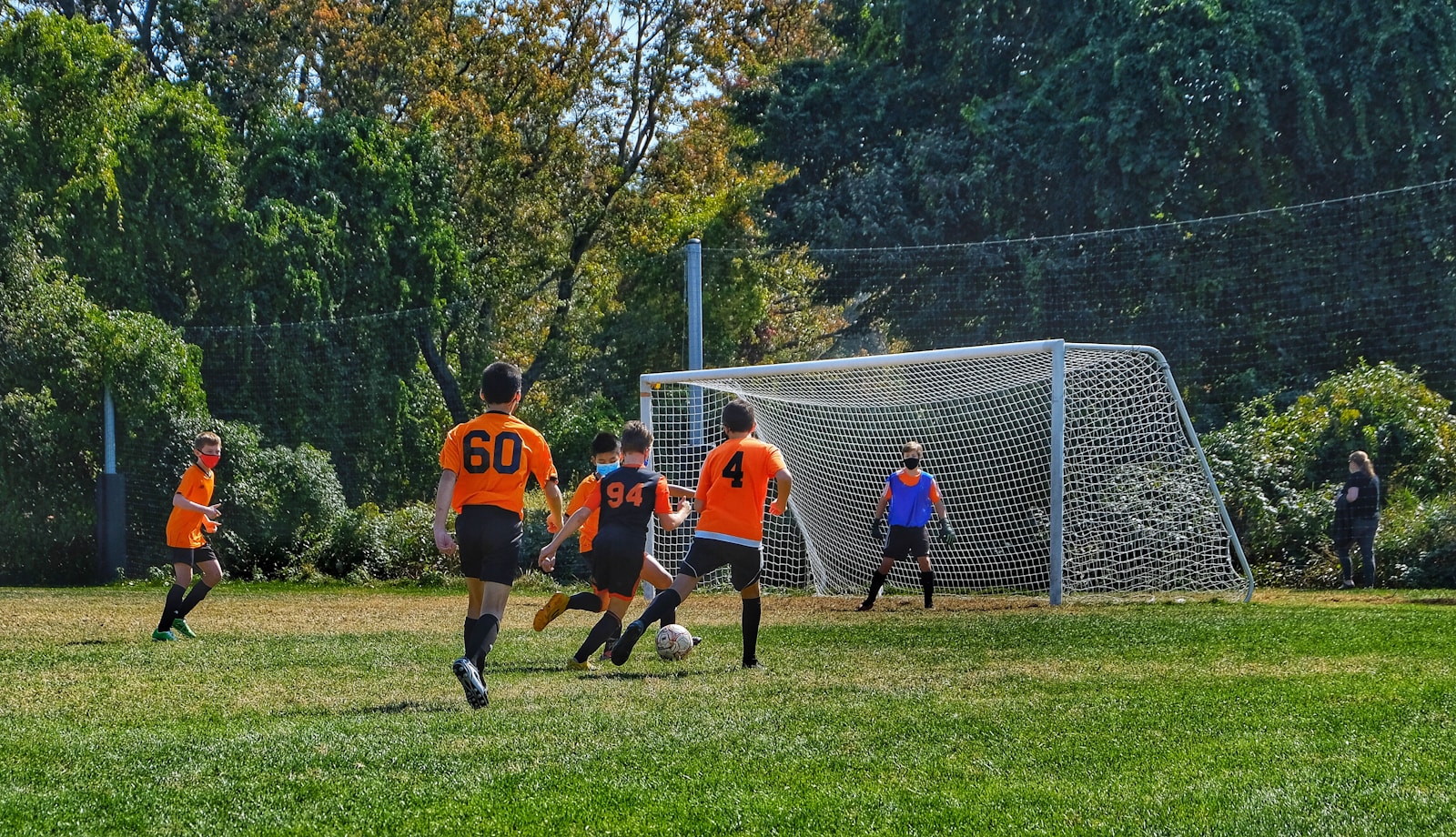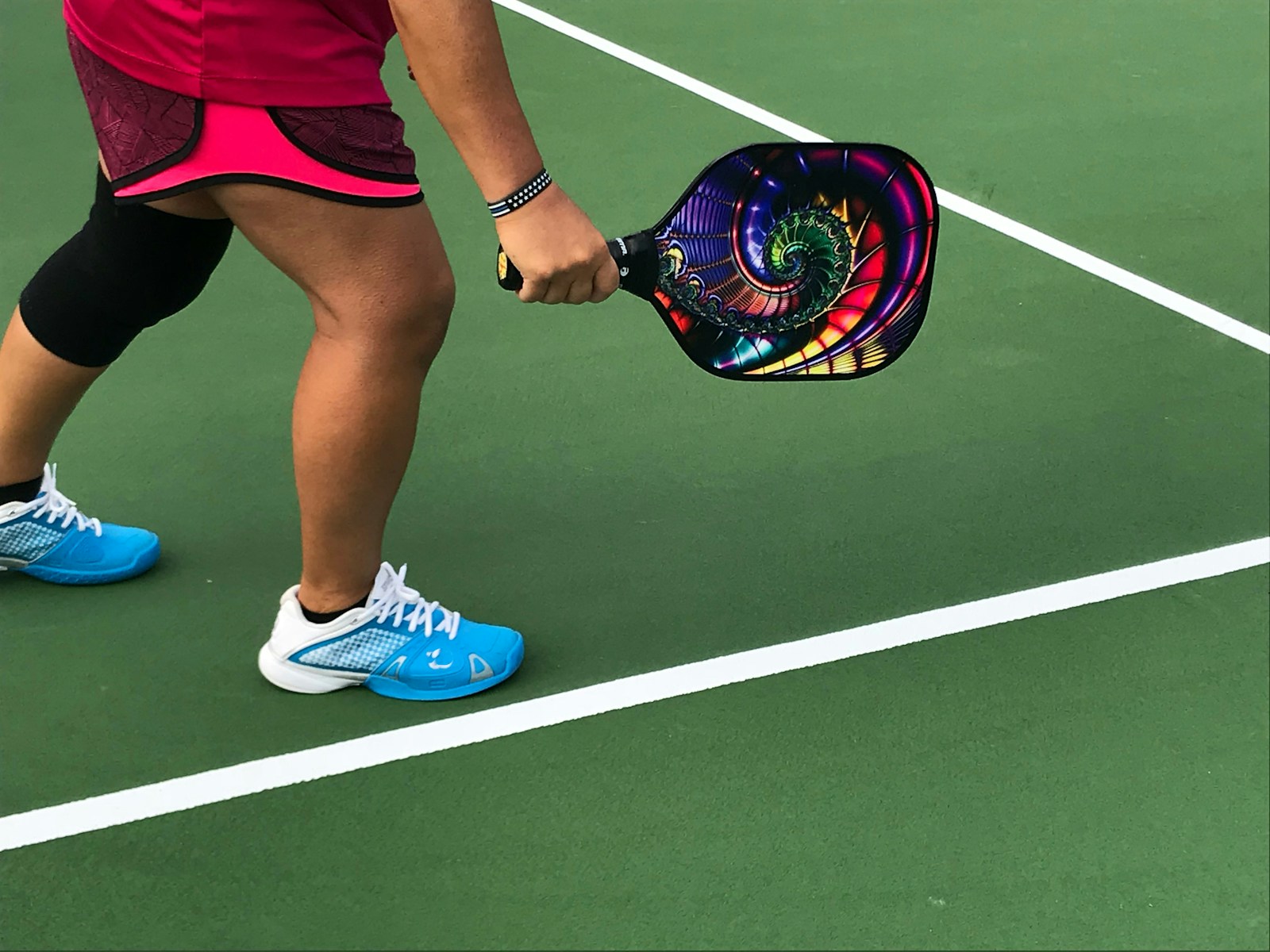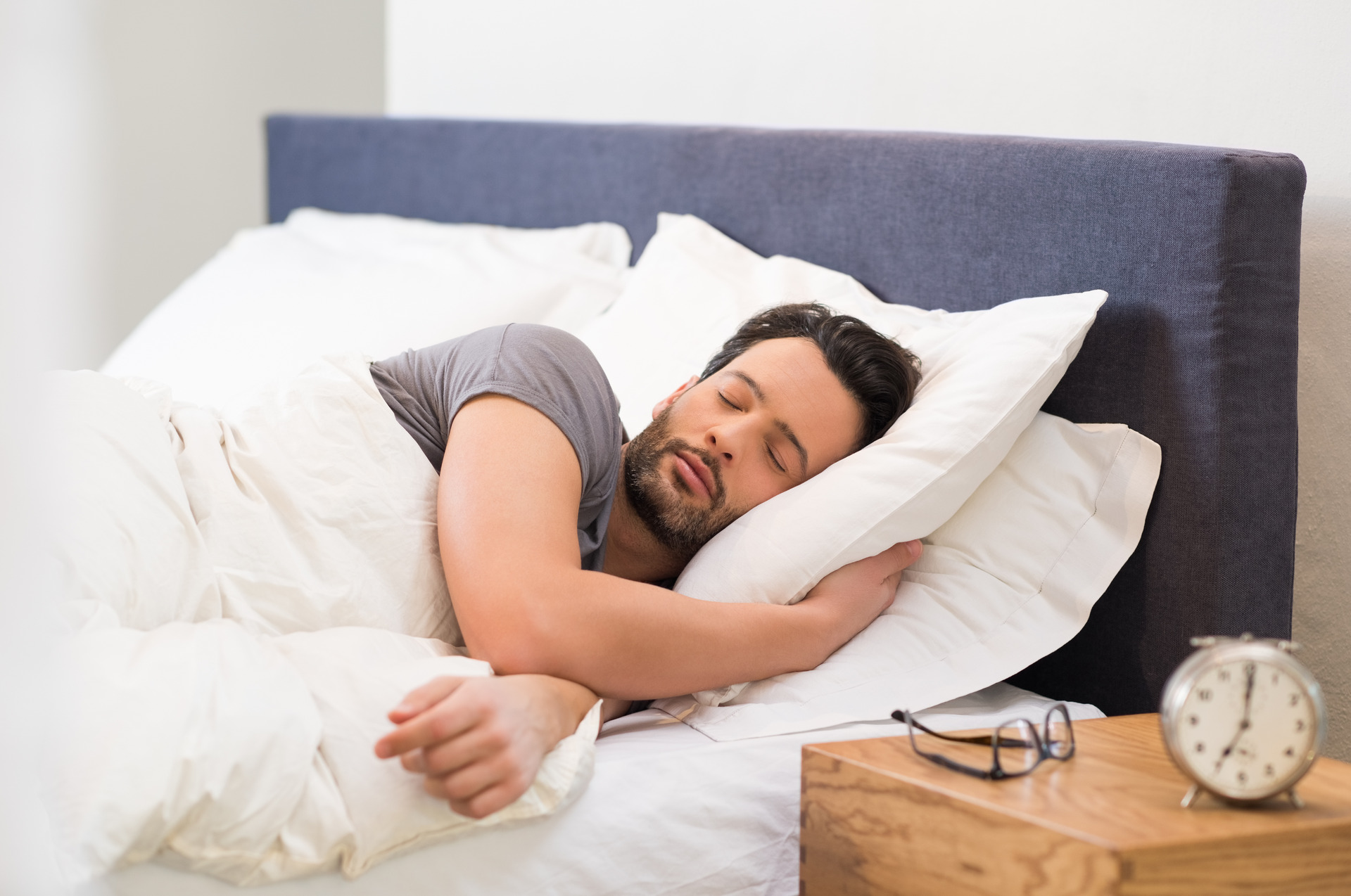Growing pains are a legitimate orthopedic issue that occurs in tweens and teens during or shortly after periods of rapid growth. Most of this pain is associated with the knees and the heels. In the knees, the nub of bone on the top of the shin bone, just below the kneecap, is where the quadriceps attach, and the heel is where the Achilles tendon attaches.
During episodes of rapid growth, the long bones, specifically the femur (thigh bone) and the tibia (shin bone), rapidly elongate. The muscles of the quadriceps, located in the front of the thigh, and the calf muscles, located at the back of the lower leg, do not necessarily elongate at the same rate as these bones. This is particularly common in athletic or active kids who engage in a lot of running and jumping. As they participate in these activities, the quadriceps and calf muscles can become overworked, leading to some areas of those muscles becoming stuck in a contracted position. This creates a shorter muscle.
As the bones grow, this shorter muscle begins to exert more force where their tendons attach to the bone, specifically at the knob of bone below the kneecap and the heel just below the Achilles tendon. When excessive force is applied to these areas, the attachment of the tendon to the bone becomes irritated. This condition is typically easy to address, but if left unchecked, it can lead to Osgood Schlatter’s disease in the knee, characterized by excessive bony growth at that nub and exquisite tenderness in that area, as well as Sever’s disease, which involves irritation of the growth plate in the heel.
Long-term ramifications of Osgood Schlatter’s disease are not significant and usually result in a more prominent bony knob below the knee. This is purely cosmetic and typically does not cause any long-term issues, but it can be easily avoided. In the heel, if there is continued disruption of the growth plate, there can be slippage of the bone that the Achilles tendon pulls on, leading to misalignment of the heel or debilitating pain, or the bone may stop growing.
Treatment for growing pains is straightforward. The primary goal is to help these muscles relax so they can elongate. Stretching is typically not the best course of action, as the sensation of stretch serves as the body’s warning system, indicating an abnormally high level of tension in the muscle. While we often associate stretching with a “good feeling,” it is actually a caution light from the body. Forcibly attempting to relax the muscle can lead to increased contraction as the muscle tries to protect itself.
Instead, simple massaging or trigger point releases to the tight areas of the calf and quadriceps are much more effective for providing immediate and long-term relief from growing pains. The quadriceps can be addressed initially by using a rolling pin to massage the muscle on the front of the thigh. This muscle is large and encompasses the front two-thirds of the entire circumference of the thigh, so it is important to roll the pin along the inside and outside of the thigh as well.
For heel pain, a similar approach can be taken. While a rolling pin can still be used, there are less labor-intensive methods to help the calf release. A foam roller or a 2-liter bottle can be used in place of a foam roller. This technique is more passive and can be done while reading, watching TV, or even playing video games, essentially during the child’s downtime.
Have your child spend about 30 minutes a day on the muscle in question: the quadriceps for knee pain and the calf for heel pain. Ideally, all 30 minutes should be done at once, but it can be broken up into two 15-minute sessions if desired. More time spent on this is acceptable as long as the tender spots are diminishing. Over about a week or less, the number of tender spots should decrease, meaning it will no longer take the full 30 minutes to address them.
Once there are no more tender spots to be found, your child can conclude their session for the day. Continue this process until the number of tender spots is very low, around one to three, and those spots resolve quickly. At that point, the child should be ready to resume all activities and should feel substantially more comfortable.
For more information, look for our YouTube channel, Orthodiy, or you can email us at orthodiy@gmail.com.
Normal growing pains typically manifest in this way. When a child first begins an activity, they often feel uncomfortable, stiff, and achy. However, as they warm up and loosen their muscles, they may still experience some discomfort, but it is significantly less than when they started.
After an activity, such as a game or practice, the discomfort often returns, especially after the car ride home. Getting out of the car can be terribly uncomfortable again. As the muscles cool down, they revert back to their overly contracted state.
When the child begins to engage those muscles again to walk or stretch during normal activities, the pain may return, sometimes even greater than it was before the activity.
A common misconception about growing pains is that they aren’t a real phenomenon. This discussion is not about building character or dealing with challenging situations from a psychological or mental perspective. In this context, as the child grows, the amount of tension on their bones increases, leading to pain.
If your child begins complaining of knee pain or heel pain, start the recommended exercises as indicated above. There should be an immediate improvement in their discomfort level after just one session of 15 minutes performing the suggested treatments. If that is not the case and you are concerned, do not hesitate to take them to your pediatrician or local pediatric orthopedist.
If you have questions or need further guidance, reach out to us at orthodiy@gmail.com.
Children often experience various aches, pains, and complaints, and as parents, it can be challenging to distinguish between genuine concerns and excuses to avoid practice or school. In this situation, consistency is key.
Growing pains typically begin when children start moving. This can occur when getting out of bed in the morning, standing up and walking after sitting or lying down for a while, or getting out of the car after practice. An increase in pain may also be noticed 10 to 30 minutes after an activity.
Usually, this pain is felt vaguely in the knee region, but there is often significant tenderness on the nub below the kneecap at the top of the shin bone. Additionally, pushing on the back of the heel or gently squeezing the heel bone side to side can also indicate growing pains.
These signs suggest that your child is experiencing growing pains, and it is certainly worthwhile to begin home treatments soon.



